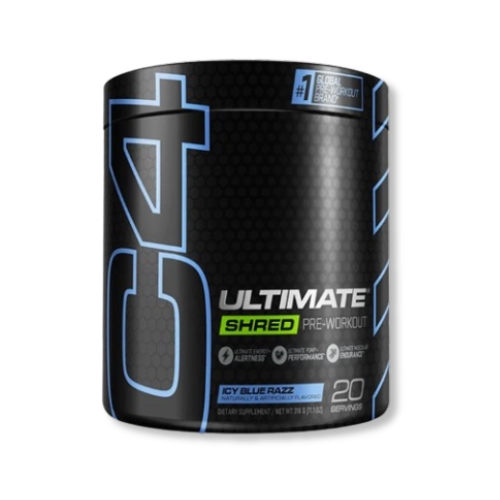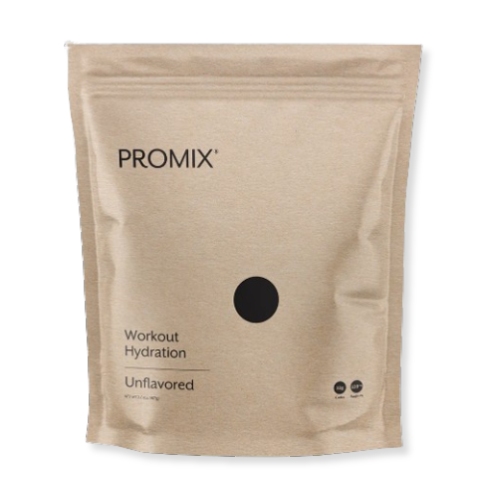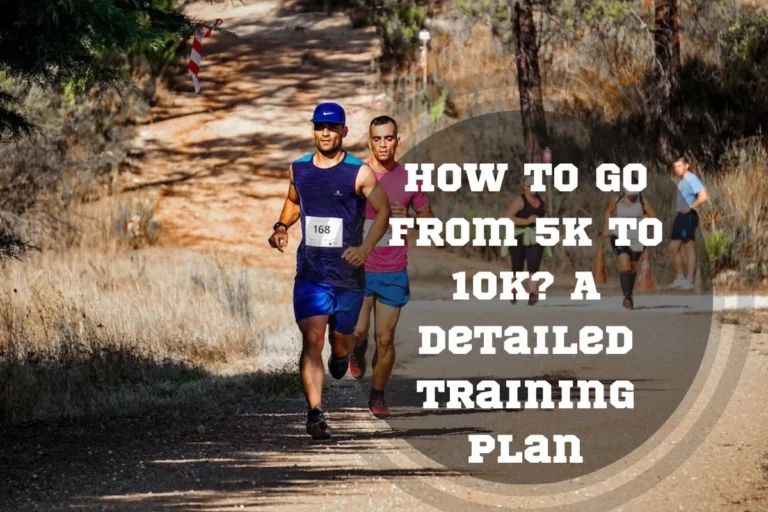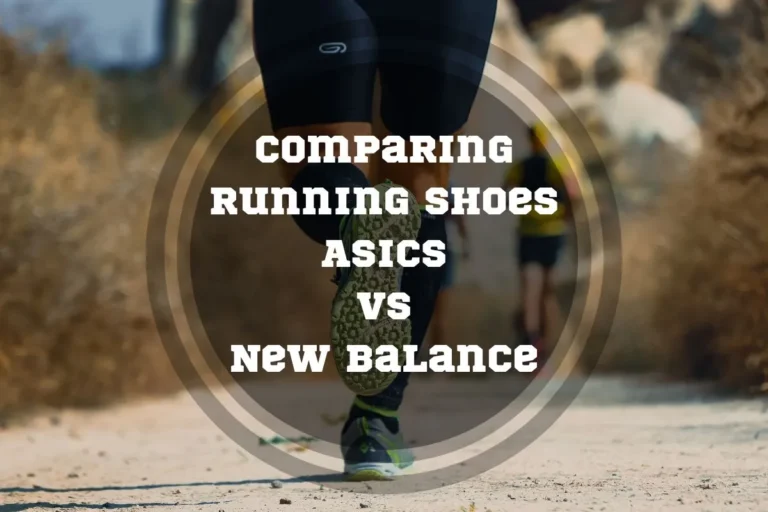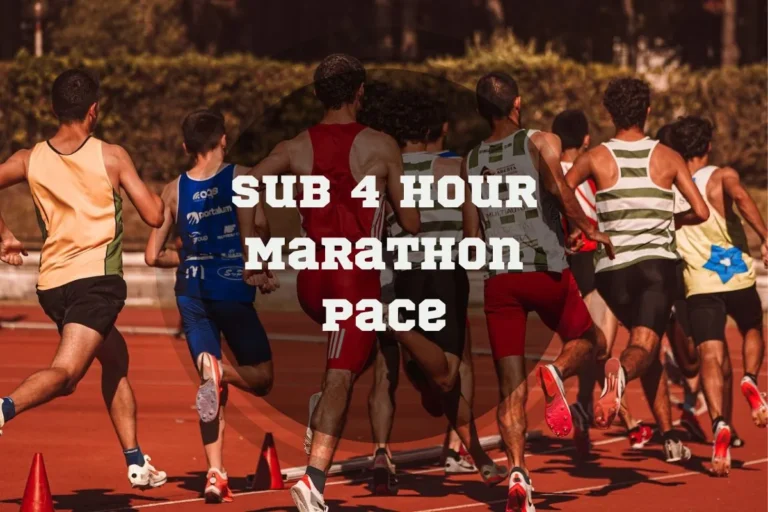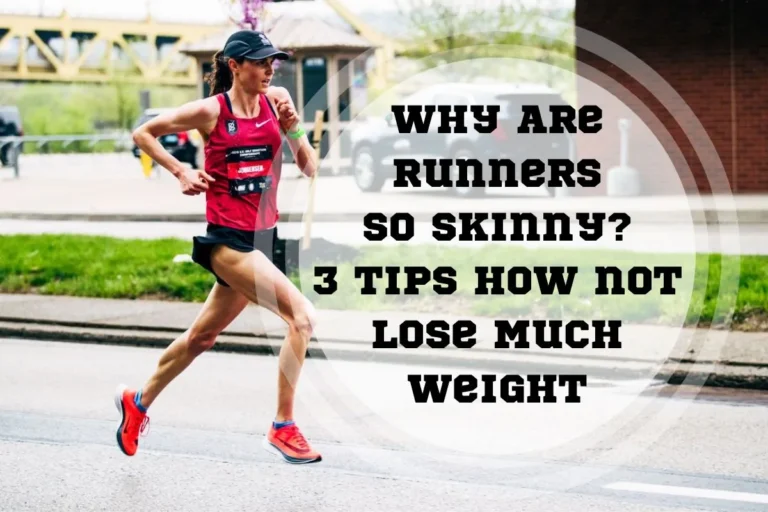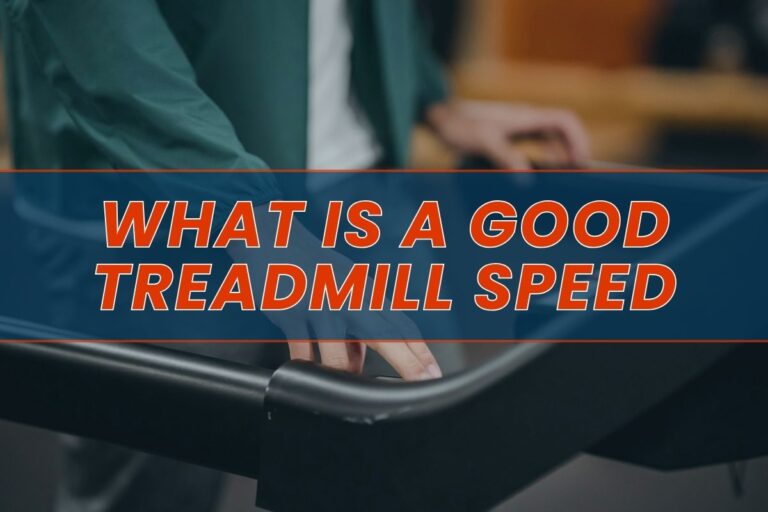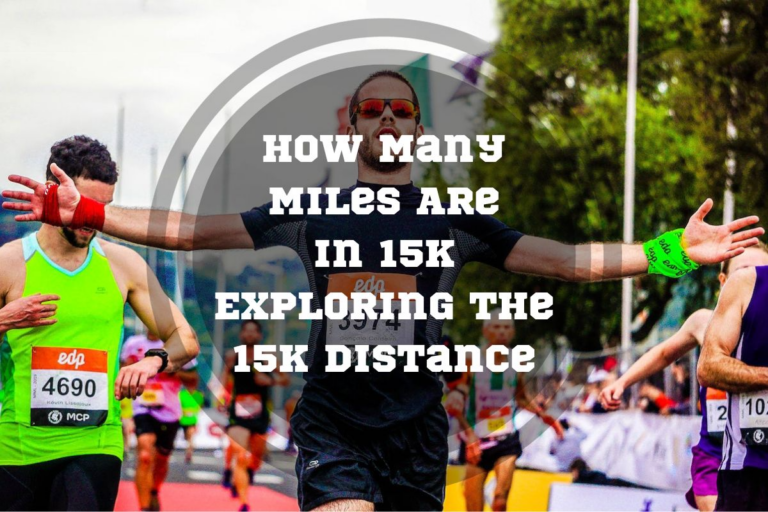Does running make your butt bigger? Pros and cons of running to shape your buttocks
Are you curious about the impact of running on the size of your buttocks? Many fitness enthusiasts wonder, does running make your butt bigger? In this article, we’ll delve into the science behind gluteal muscle development and explore whether running can effectively shape and increase the size of your derriere.
Does running make your butt bigger? – Running alone may not directly lead to significant growth in gluteal muscles or make your butt noticeably bigger. While running engages the glute muscles to some extent, targeted strength training exercises like squats and lunges are more effective for building and shaping the glutes.
Is running good for your butt?
Running has long been recognized for its plethora of health advantages and its capacity to tone and shape the body. However, the question of whether jogging truly makes your butt larger emerges from the basics: Does running build glutes? Let’s examine the benefits and drawbacks of jogging in connection to the growth of the gluteal muscles below:
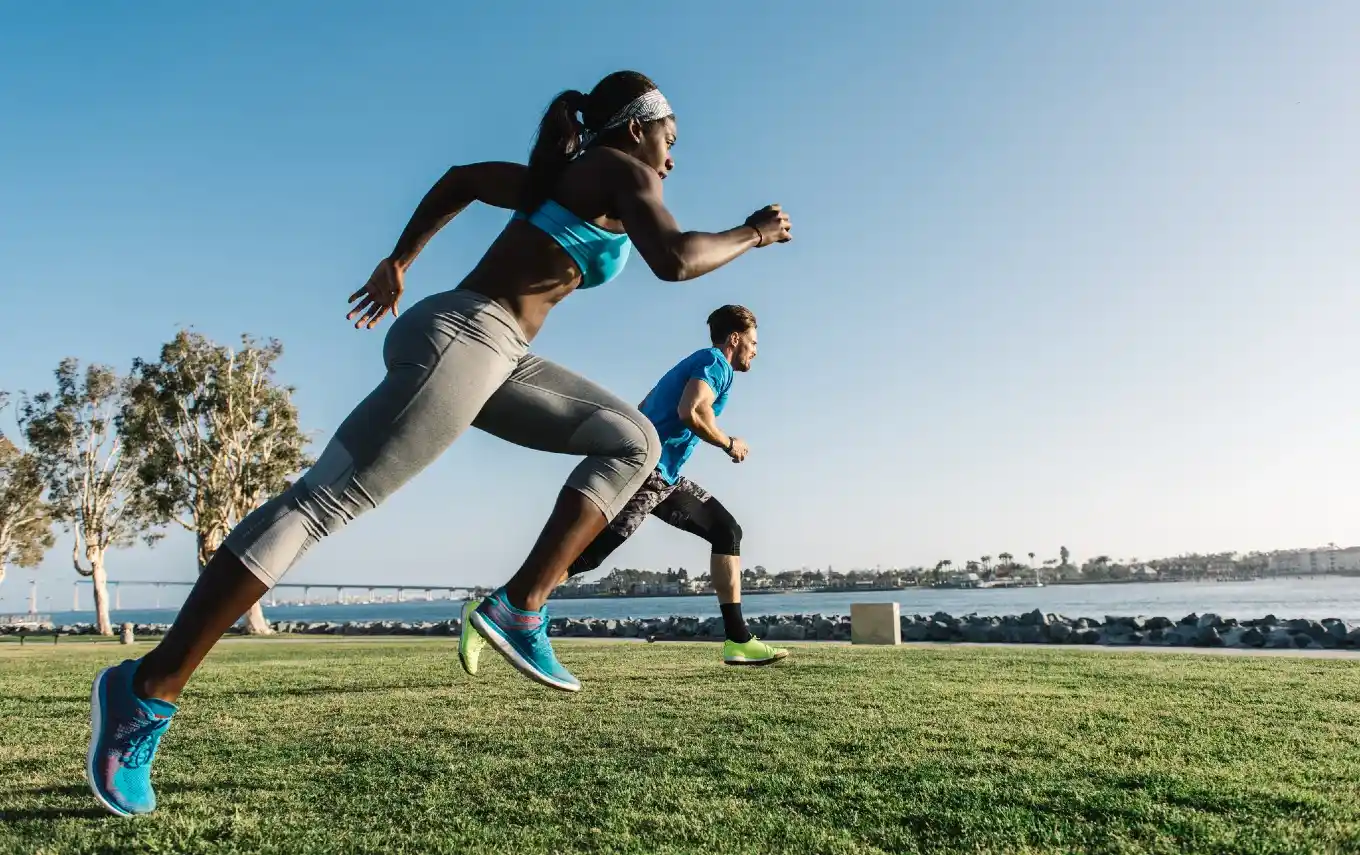
Advantage 1: Toning and Strengthening
Does running help your butt? – Well, engaging in running as a physical activity can effectively enhance and strengthen your gluteal muscles, which is one of the primary benefits of this sport. The gluteus maximus, gluteus medius, and gluteus minimus, which are the muscles located in your buttocks, are actively involved and put to work while you engage in running. This repetitive exercise contributes to the development and toning of your gluteal muscles, resulting in firmer and more contoured buttocks.
Advantage 2: Fat Burning and Weight Management
When it comes to calorie burning and weight management, running has several important benefits. So, does running build glutes? Long story short, running is a strenuous cardiovascular activity that accelerates metabolism and elevates the heart rate. Your body can burn calories more effectively, including those that are stored as fat everywhere over your body, including your buttocks, thanks to this increased metabolic rate. Regular jogging workouts will help you lose body fat generally, which can give your buttocks a more defined and toned appearance.
Our Recommendation
C4 Ultimate Shred Pre Workout Powder
This Shred Powder engineered for peak performance. This is a perfect choice for energy boost, fat burning, and heightened endurance.
Pros:
- Explosive Energy Boost
- Fat-Burning Support
- Enhanced Endurance
- Comprehensive Ingredient Blend
Cons:
- High Caffeine
- Individual intolerance of components
Advantage 3: Posture Improvement
If you are also concerned about how running changes your body shape, don’t worry, running has a secret benefit which is that along with maintaining body shape it can also improve your posture. This benefit is not often recognized. Your gluteal muscles are essential for keeping your body stable and moving forward when you are jogging. Running can help your posture in general by actively engaging and strengthening these muscles.
Advantage 4: Mental Health and Endorphin Release
Besides the common concern of Does running help your butt? People also factor in mental health when running. Endorphins, or “feel-good” hormones, are remarkably released when running, which is well known for this ability. Regular jogging workouts have a variety of advantages that help with mood improvement, stress reduction, and mental health. Running causes endorphins to be released, which create a euphoric feeling and work as a natural stress reliever.
What muscles are involved in the buttocks during running?
The buttocks are home to many crucial muscles that are crucial for moving your body forward and maintaining stability when you’re jogging. The gluteus maximus, gluteus medius, and gluteus minimus are some of these muscles.
The biggest muscle in the buttocks, the gluteus maximus, is in charge of extending the hip. It dynamically contracts as you’re running, pulling your leg back and producing the force required for propulsion. The gluteus maximus also helps you stay balanced and stable throughout your run.
Located on the outer side of the hip, the gluteus medius assists in stabilizing the pelvis at the same time as going for walks. It plays a massive role in retaining your hips level and preventing excessive facet-to-aspect actions. By actively attracting the gluteus medius, you preserve proper alignment and reduce the risk of capability imbalances that could cause damage.
The gluteus minimus, although smaller in size, also contributes to the general feature of the gluteal muscle tissues at some point during jogging. Positioned under the gluteus medius, it assists in stabilizing the hip joint and ensuring proper movement patterns.
Along with the gluteal muscles, other muscle groups in the lower body provide support during walking. The gluteal muscles and the hamstrings, which are positioned in the rear of the thigh, work together to move your body forward.
Engaging in strolling and efficiently strengthening these muscle groups can yield several blessings. These include progressed overall performance, extended patience, and a greater toned and described buttocks.
Does running make your buttocks bigger or smaller?
So, is running good for your butt? – Well, running can contribute to a decrease in the size of your buttocks by reducing overall body fat. However, it can also help tone and firm your buttocks through muscle engagement. Below are some useful tips in detail that can help you in achieving your required goals.
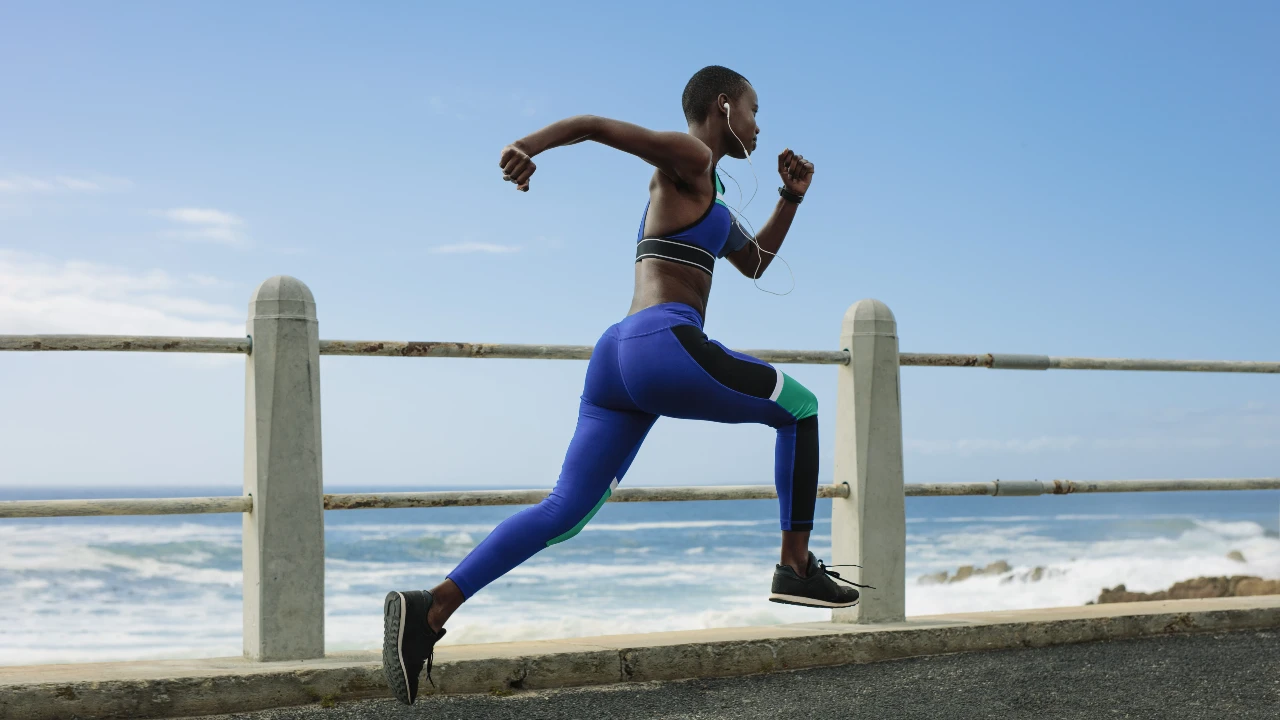
Tip 1: Makes Them Flatter
Does running make your buttocks bigger or smaller? It entirely depends on you, to make your butt appear smaller, you can focus on reducing overall body fat through a combination of regular cardio exercises like running or cycling and maintaining a balanced diet. Additionally, incorporating strength training exercises that target the glutes, hamstrings, and thighs can help tone and tighten the muscles, giving your butt a more compact appearance. Since running largely focuses on cardiovascular changes, some people can have a decrease in fat mass, which might result in a flatter buttock look.
Tip 2: Makes Them Bigger
To all those wondering, сan running make your butt bigger? – Yes, running can have a positive impact on the shape and appearance of your buttocks. You might concentrate on activities that target your glutes to increase the size of your butt. Great alternatives include squats, lunges, hip thrusts, and glute bridges. Include resistance exercise to help you gain muscle, and as you grow stronger, progressively increase the weight and intensity. Don’t forget to provide your body with the nutrition it needs by eating a balanced diet that contains enough protein to assist muscular growth.
Tip 3: Maintains Their Size
When it comes to the size and shape of the buttocks, many individuals wonder: Does running grow your glutes? – After growing, maintaining them is also an issue. To maintain the size of your buttocks, focus on a combination of strength training and a balanced diet. Incorporate exercises that target your glutes, such as squats, lunges, and hip thrusts, to keep the muscles in that area toned. Additionally, ensure you’re consuming enough protein to support muscle growth and maintaining an overall balanced diet to prevent excessive weight gain or loss.
Does running burn fat on the buttocks?
When it involves the buttocks, running can play a role in lowering normal body fat, which includes the fats saved in this vicinity. However, it’s essential to apprehend that spot reduction, or targeting fat loss in unique regions, isn’t always feasible via workout alone.
Does running tone your butt? – Running is an effective way to burn calories and create a calorie deficit, which can contribute to overall fat loss, including fat stored in the buttocks. This is particularly noticeable in female runners since women tend to store a significant amount of fat in that area. By combining running with a balanced and nutritious diet, women can experience noticeable and early fat loss in their buttocks. So yes, running can help tone your butt by reducing excess fat and improving muscle definition.
4 Ways to burn fat on Buttocks
While running can contribute to burning fats on the buttocks, it’s critical to include a comprehensive method to maximize the results. Below you can find 4 basic rules that will help you get the perfect shape of your buttocks. Follow them and your butt is doomed to be firm and tonned.
1. Consistency and Frequency
Engage in ordinary strolling classes to hold a steady calorie deficit and growth standard strength expenditure. Aim for a combination of constant-country runs and HIIT to mission your frame and optimize fat burning.
2. Strength Training
Incorporate educational sporting activities that focus on the gluteal muscle groups, inclusive of squats, lunges, and hip thrusts. Building lean muscle tissue inside the buttocks can assist boom standard metabolism and beautify fat burning.
3. Balanced Diet
Adopt a balanced and nutritious diet that supports fat loss. Focus on eating whole, unprocessed foods, including lean protein, fiber-rich results and greens, healthy fats, and complex carbohydrates.
4. Overall Fat Loss
Remember that spot reduction is not viable, so it is vital to cognizance of average fat loss as opposed to concentrating entirely on the buttocks. Engage in a well-rounded exercise routine that includes cardiovascular physical activities, strength schooling, and a balanced weight loss program to acquire a leaner physique.
Female runners typically often question whether running is making my bum flat. so it’s essential to approach fat loss healthfully and sustainably. Consult with a healthcare professional or a certified health teacher to personalize your exercise and nutrition plan based totally on your specific goals and wishes.
What type of running makes your bum bigger?
Does running grow your glutes? Well, different jogging styles might have different results when it comes to shaping and toning your buttocks. While the main goals of running are calorie burning and cardiovascular endurance, adding particular running styles to your exercise can target the gluteal muscles and help you achieve a tighter, more raised bottom. So, does running tone your butt? Below are some types of various running styles and how they affect your buttocks.
Type 1: Sprinting
Your buttocks may feel the effects of sprinting, a powerful and explosive kind of running. Your gluteal muscles are heavily used during a sprint as they strive to provide power and move your body forward. The gluteal muscles are strengthened and toned as a result of the high muscular activity, which results in a more chiseled posterior. Sprint intervals, where you alternate between short bursts of full effort and rest intervals, can be a useful strategy to target your glutes and encourage muscular growth.
Type 2: Hill Running
When asked what type of running makes your bum bigger people often forget the importance of hill running. Adding inclines or running uphill to your workouts presents an additional challenge for your gluteal muscles. As you tackle uphill terrain, your glutes are compelled to exert more effort to overcome the heightened resistance. This heightened engagement of the gluteal muscles during uphill running can contribute to their strengthening and toning. The combination of the uphill challenge and the activation of the gluteal muscles during this type of running can yield positive results for your bum.
Type 3: Interval Training
Interval training consists of alternating between excessive-intensity bursts of jogging and durations of energetic recovery. This education approach gives a treasured method of intensifying your exercises and stimulating muscle boom for your buttocks. By pushing yourself for the duration of excessive intensity, you interact with your glutes more successfully, selling muscle improvement, particularly in that vicinity. The excessive-depth periods raise your heart rate and increase your metabolism, which makes contributions to normal fat loss.
Type 4: Long-Distance Running
While long-distance running focuses mostly on cardiovascular endurance and calorie burning, it can still have some influence on how your buttocks look. The gluteal muscles are used throughout lengthy runs but are not as active as they are during sprinting or hill running. Long-distance running is a repeated action that over time can progressively tone and develop the gluteal muscles. It is advantageous to include additional focused workouts in your program, such as strength training, to maximize the impact on your buttocks.
Subscribe to Our Running Newsletter!
Get free running tips from renowned professional athletes and discounts from top-notch brands.
How can I make my buttocks firmer while running?
There are several successful methods you may use if your goal is to tighten up your buttocks through running. Running is a great way to build up the strength and tone in your glute muscles, which will help you seem firmer and more lifted. Here are some helpful hints to get you going:
- Recognize the benefits of interval training: High-intensity interval training (HIIT) is an effective way to burn fat and develop muscle. Sprinting in short bursts followed by a time of active recovery should be incorporated into your runs.
- Pay close attention to your running technique: because it’s essential for activating the glutes. As you run, concentrate on elevating your knees and using your glutes to push off the ground. The buttock muscles will eventually get firmer as a result of this conscious stimulation.
- Boost your core strength: it will help you run more safely and give crucial support. Include core-strengthening activities in your fitness program, such as planks, crunches, and Russian twists. Enhancing your running form by strengthening your core will target your glutes directly.
- Increase your mileage gradually: running larger distances helps you gain endurance and tone your muscles. Start by adding a mile or two more to each of your weekly runs, and over time, progressively increase your distance.
Here is an example of a monthly training plan to help you make your buttocks firmer with running:
4-Week Glute Training Plan
Week 1
| Days | Workouts |
|---|---|
| Monday | Rest day or do some mild movement |
| Tuesday | Run 3 miles at a consistent tempo. Focus on engaging your glute muscle mass |
| Wednesday | Perform power training exercises focused on the glutes, which include squats, lunges, and hip thrusts. Aim for three units of 10-12 repetitions. |
| Thursday | Run 4 miles on a hilly route. Incorporate intervals of sprinting up the hills accompanied by recuperation intervals. |
| Friday | Rest Day |
| Saturday | Run 3 miles at a clean tempo, focusing on retaining the right form. |
| Sunday | Perform decreased body exercise that consists of physical activities like Bulgarian break-up squats, step-ups, and glute bridges. Aim for 3 sets of 10-12 repetitions for every exercise |
Week 2
| Days | Workouts |
|---|---|
| Monday | Rest day |
| Tuesday | Run 4 miles, incorporating durations of high-intensity sprinting for 30 seconds accompanied by 60 seconds of recovery going for walks. |
| Wednesday | Perform a power schooling exercise focused on the glutes and center. Aim for three units of 10-12 repetitions for every exercise. |
| Thursday | Run five miles on a hard route that includes both hills and flat sections. Focus on keeping a steady tempo. |
| Friday | Rest Day |
| Saturday | Run three miles at a smooth tempo, focusing on your jogging shape and attracting your glutes. |
| Sunday | Perform a lower body workout that includes sporting activities like squat jumps, and walking lunges. Aim for 3 sets of 10-12 repetitions for each workout. |
Week 3
| Days | Workouts |
|---|---|
| Monday | Rest day |
| Tuesday | Run 5 miles at a consistent tempo. |
| Wednesday | Perform power training exercises focused on the glutes. Aim for five units of 10-12 repetitions. |
| Thursday | Run 6 miles on a hilly route. |
| Friday | Rest Day |
| Saturday | Run 5 miles at a clean tempo, focusing on retaining the right form. |
| Sunday | Perform decreased body exercises. Aim for 5 sets of 10-12 repetitions for every exercise. |
Week 4
| Days | Workouts |
|---|---|
| Monday | Rest day |
| Tuesday | Run 6 miles at a consistent tempo. |
| Wednesday | Perform power training exercises focused on the glutes. Aim for six units of 10-12 repetitions. |
| Thursday | Run 8 miles on a hilly route. Keeping consistent form. |
| Friday | Rest Day |
| Saturday | Run 8 miles at a clean tempo. |
| Sunday | Perform decreased body exercises. Aim for 6 sets of 10-12 repetitions for every exercise. |
Remember to concentrate on your frame and regulate the education plan as needed. Can running make your butt bigger? – Well, allow for good enough relaxation days to promote recovery and prevent overtraining. Stay consistent with your education and combine it with a healthful diet and hydration to optimize your outcomes.
Our Recommendation
Tailored for optimal performance, this hydration solution keeps you refreshed during intense training sessions.
Pros:
- Provide optimal hydration
- Enhanced endurance
- Sugar-Free Formula
Cons:
- Not Suitable for Allergies: Check ingredients for potential allergens.
Frequently Asked Questions about Does running make your butt bigger?
Can you sprint for a bigger butt?
No, sprinting alone cannot specifically target or significantly enhance the size of the buttocks, especially in a female runner’s body.
Can I get a bigger butt without running?
Yes, it is possible to increase butt size without running. Your buttocks may be built and toned by performing glute-focused strength training movements like squats, lunges, and hip thrusts. You may encourage muscle growth and have a fuller-looking butt by including these workouts into your training program combined with a good diet.
Does a treadmill make your butt look smaller?
No, using a treadmill does not automatically reduce the size of your butt. Running on a treadmill may still exercise and tone the gluteal muscles even if its primary focus is on cardiovascular endurance. Combining treadmill workouts with exercises that target the glutes especially can help keep or even improve the look of your butt.
Final Tip for Does running make your butt bigger?
Finally, “Does running make your butt bigger?” – Running is a fantastic exercise for increasing general fitness and toning muscles, especially the buttocks. Your butt can get harder and more elevated even if it might not directly enlarge it. Other workouts, such as strength training, and a balanced diet must also be included for the greatest outcomes. In the end, running may be a useful technique for developing a toned and attractive behind.
Also read:
- Running 8 Miles
- How to Improve Running Cadence
- Is a 9 Minute Mile Good
- Average Running Speed
- Is Running 4 Miles a Day Good
- Running With Glasses
- Running At Night
- What to Eat After a Half Marathon
References:
- Energetics of running: a new perspective // Nature: https://www.nature.com/articles/346265a0
- Muscle mechanical advantage of human walking and running: implications for energy cost // Journal of Applied Physiology: https://journals.physiology.org/doi/full/10.1152/japplphysiol.00003.2004
- High Intensity Focused Electro-Magnetic Technology (HIFEM) for Non-Invasive Buttock Lifting and Toning of Gluteal Muscles: A Multi-Center Efficacy and Safety Study // Europe PMC: https://europepmc.org/article/med/30500146
- Does Exercise Reduce Inflammation? Physical Activity and C-Reactive Protein among U.S. Adults // JSTOR: https://www.jstor.org/stable/3703940
- Neuromuscular Adaptations to Training, Injury and Passive Interventions // Springer Link: https://link.springer.com/article/10.2165/11317850-000000000-00000
- Nutrition for Ultramarathon Running: Trail, Track, and Road // Human Kinetics Journals: https://journals.humankinetics.com/view/journals/ijsnem/29/2/article-p130.xml
- Physical and training characteristics of
- top-class marathon runners // Faculty of Sport Science: https://paulogentil.com/pdf/Physical%20and%20training%20characteristics%20of%20top-class%20marathon%20runners.pdf
- Biomechanics of Sprint Running // Springer Link: https://link.springer.com/article/10.2165/00007256-199213060-00002
- The impact of a long training run on muscle damage and running economy in runners training for a marathon // ScienceDirect: https://www.sciencedirect.com/science/article/pii/S1728869X12000354
- EFFECTS OF RUNNING COMBINED WITH MUSCULAR TRAINING OF THE ABDOMINAL CORE // SciELO 5 Brasil: https://www.scielo.br/j/rbme/a/c6FKZSbKCpqPSpvzLZKPCxb/?lang=en
- Influence of Hydration on Physiological Function and Performance During Trail Running in the Heat // Journal of Athletic Training: https://meridian.allenpress.com/jat/article/45/2/147/111103/Influence-of-Hydration-on-Physiological-Function
If you have any questions or suggestions, you can contact us via email – [email protected]

